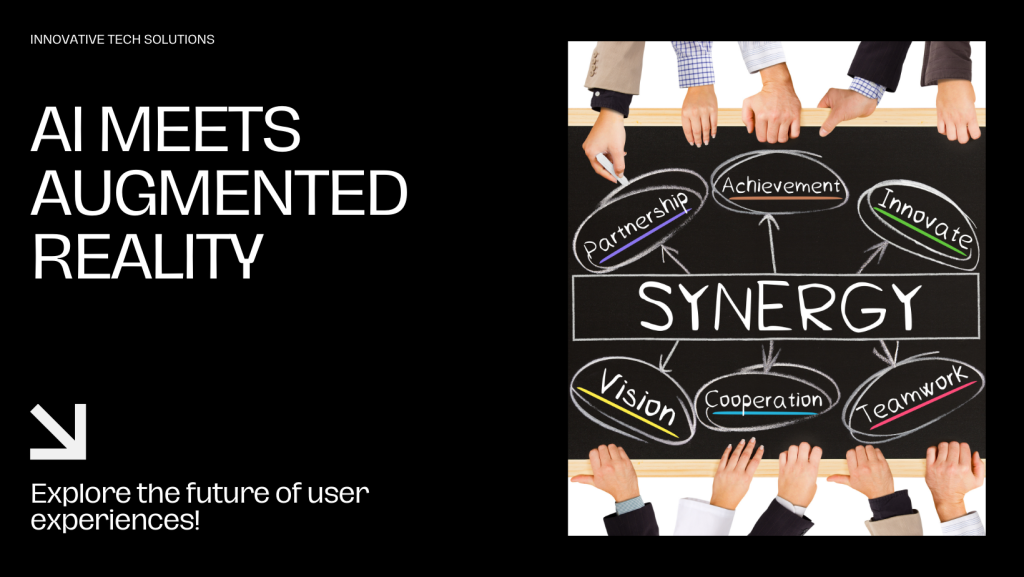Artificial Intelligence (AI) and Augmented Reality (AR) are two of the most exciting technologies reshaping our digital experiences. When combined, they create powerful synergies that transform how we interact with the world, offering more immersive, intuitive, and intelligent applications across various sectors.
AI enhances AR by providing the intelligence needed to make virtual elements more interactive and contextually relevant. For example, in retail, AR applications powered by AI can analyze a customer’s preferences and behaviors to offer personalized product recommendations in real-time. Imagine a virtual fitting room where AI-driven AR mirrors suggest outfits based on your past purchases, body type, and style preferences. This seamless integration of AI allows for a more engaging shopping experience, reducing the guesswork and increasing customer satisfaction.
In education, the combination of AI and AR offers innovative ways to learn. AI can adapt educational content based on a student’s performance, while AR can overlay interactive 3D models onto real-world environments. This creates a dynamic learning environment where students can explore complex subjects in a more intuitive and engaging manner. For instance, a history lesson could involve AR recreations of historical events, while AI adjusts the difficulty of questions based on the student’s understanding, making learning both immersive and personalized.
Healthcare is another field where AI and AR are making significant strides. AR can visualize complex medical data in real-time, such as overlaying patient information during surgeries, while AI analyzes this data to assist in decision-making. Surgeons can benefit from AR-guided procedures, which are enhanced by AI’s ability to predict complications and suggest optimal approaches. This synergy not only improves surgical precision but also enhances patient outcomes.
The gaming industry is also experiencing a revolution with AI and AR integration. AI algorithms can create adaptive gameplay experiences, while AR brings these experiences into the real world. Games like Pokémon GO demonstrate how AR can blend virtual elements with the physical environment, while AI ensures that the game responds intelligently to player actions, providing a richer and more engaging experience.
In architecture and real estate, AI and AR are changing how we visualize and plan spaces. AR can overlay 3D models of buildings onto physical locations, while AI analyzes design preferences and provides recommendations. This combination helps clients and architects visualize changes and make informed decisions more effectively.
In conclusion, the fusion of AI and AR is revolutionizing user experiences across multiple domains. By combining AI’s data-driven intelligence with AR’s immersive visuals, these technologies offer more personalized, interactive, and insightful applications. As these fields continue to evolve, the potential for innovative applications and enhanced user experiences is boundless.

